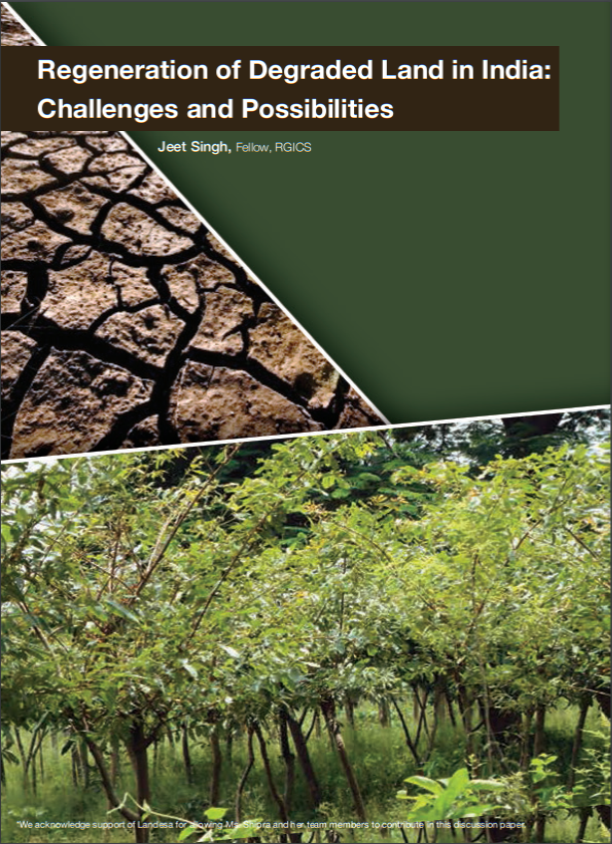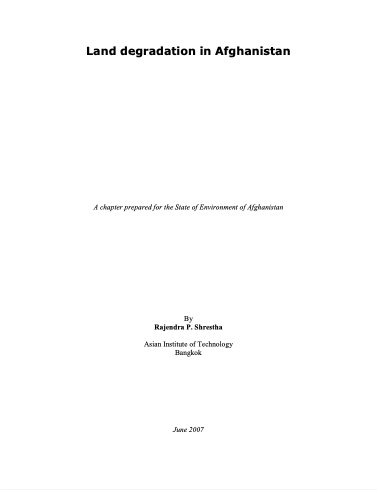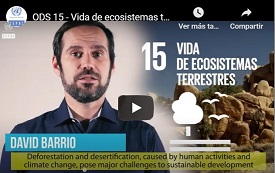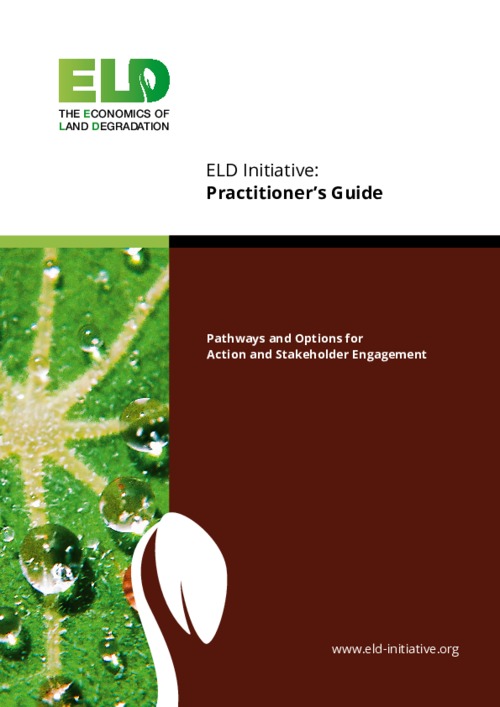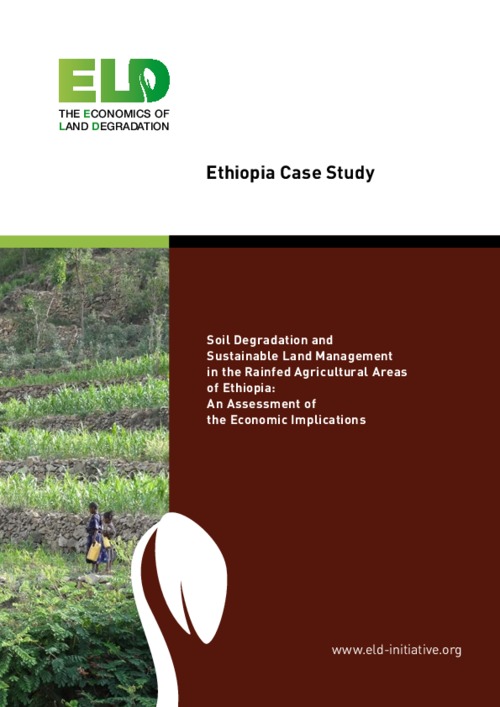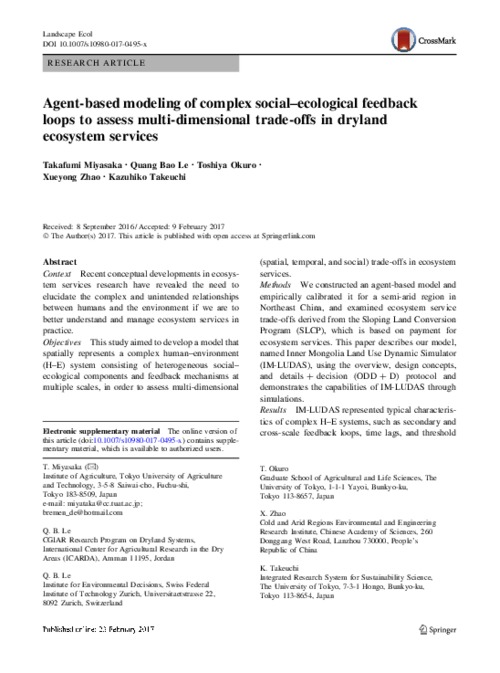Fighting desertification and poverty : it's the same war [Arabic version]
The people of the Sahel — that huge region stretching along the southern edge of the Sahara Desert — are still striving to recover from the fallout of the terrible droughts that have afflicted the area since 1973. Drought has shattered the momentum of socioeconomic development in Burkina Faso, Mali, Mauritania, Niger, and Senegal. According to researchers with Burkino Faso’s Institut de l’environnement et de recherches agricoles, “Rural men and women are now struggling to survive in a land that is exhausted, denuded, desiccated, and swept away by the wind and water.”


